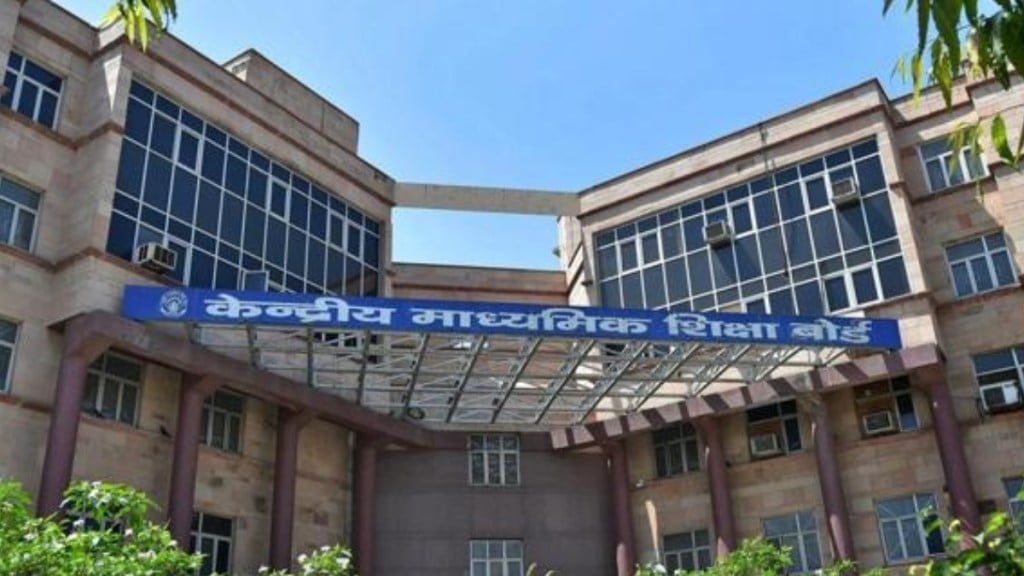Signaling a shift towards making mother tongue instruction mandatory at the primary level, the Central Board of Secondary Education (CBSE) has directed all affiliated schools to begin mapping students’ mother tongues “at the earliest” and realign instructional materials accordingly before the end of the summer break.
English currently dominates as the language of instruction in CBSE-affiliated primary schools across India. With over 30,000 schools under its purview, CBSE is the country’s largest national school board. In a circular dated May 22, the Board has laid out its expectations in line with the National Education Policy (NEP) 2020, emphasizing the use of the home language, mother tongue, or a familiar regional language — collectively referred to as ‘R1’ — as the medium of instruction from pre-primary to Class 2, termed the ‘foundational stage.’
The circular clarifies that while R1 should ideally be the child’s mother tongue, the state language may be used if it is more practical and familiar to the child. From Classes 3 to 5, students may continue learning in R1 or be offered the option of a second instructional language, labeled ‘R2.’
Although the circular mentions that the use of the mother tongue “may commence from July,” it allows flexibility for schools needing more time to adapt, provided the transition is not unduly delayed.
This marks the first time CBSE has formally indicated a move towards making mother tongue-based instruction mandatory. Previously, following the NEP 2020 and the National Curriculum Framework for School Education (NCFSE) 2023, the Board had only encouraged the use of the mother tongue through advisory notices.
Both policy documents strongly advocate early education in the child’s home language, especially up to the age of eight. “Since children learn concepts most rapidly and deeply in their home language, the primary medium of instruction would optimally be the child’s home language/ mother tongue/ familiar language,” the NCFSE 2023 states.
Focus on multilingual learning in foundational years
A CBSE official noted that students in Classes 1 and 2 primarily study two languages along with mathematics. Under the new guidelines, mathematics too may now be taught in the mother tongue or a familiar regional language. The focus at this stage, the circular states, is on familiarising students with both R1 and R2, the latter being introduced gradually.
The Ministry of Education official added that the National Council of Educational Research and Training (NCERT) has already made textbooks for Classes 1 and 2 available in 22 Indian languages, and efforts are underway to translate textbooks for higher grades.
To facilitate the transition, the CBSE has instructed schools to establish an ‘NCF implementation committee’ by the end of May. This committee will be responsible for mapping students’ mother tongues, aligning instructional materials, and guiding curricular modifications. The circular urges schools to complete the language mapping as soon as possible.
“By the end of the summer break, schools should complete the realignment of curriculum and teaching resources to reflect R1 as the medium of instruction, and prepare for the structured introduction of R2 at the appropriate stage,” the circular reads. It also emphasises the need for teacher orientation and training in multilingual pedagogy, classroom strategies, and language-sensitive assessment before implementation begins.
Monthly reporting and monitoring begins July
Starting July, schools will be required to submit monthly progress reports to CBSE. Academic observers may also visit schools to offer support and monitor progress.
While well-resourced schools may find the transition smoother, a CBSE official acknowledged that smaller institutions might need more time and support. Schools that require additional time must indicate a clear timeline, and ensure they have the necessary resources and teacher capacity in place.

